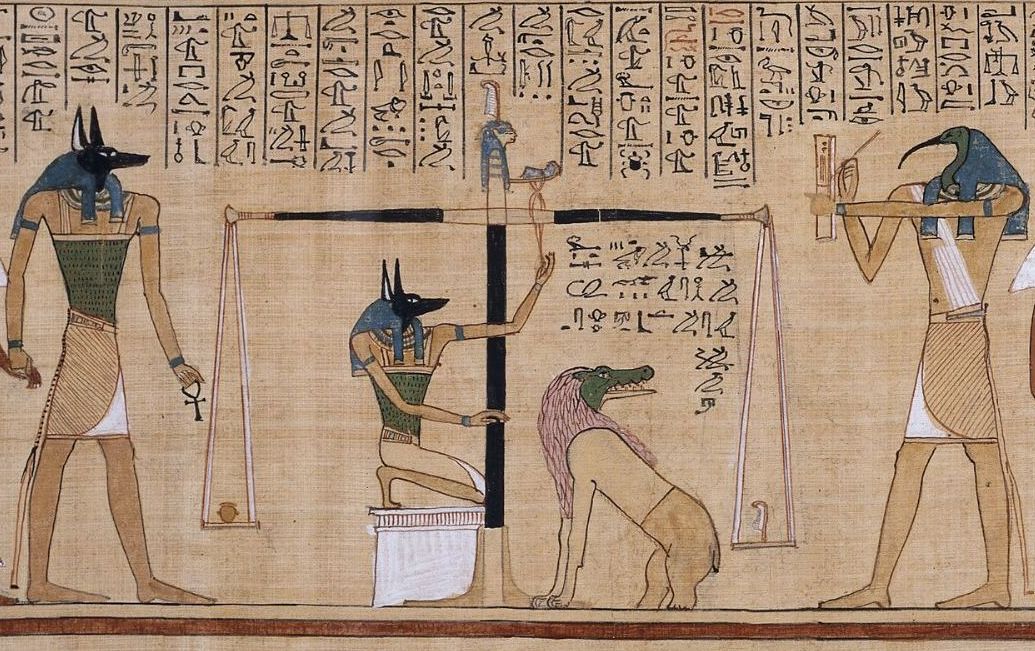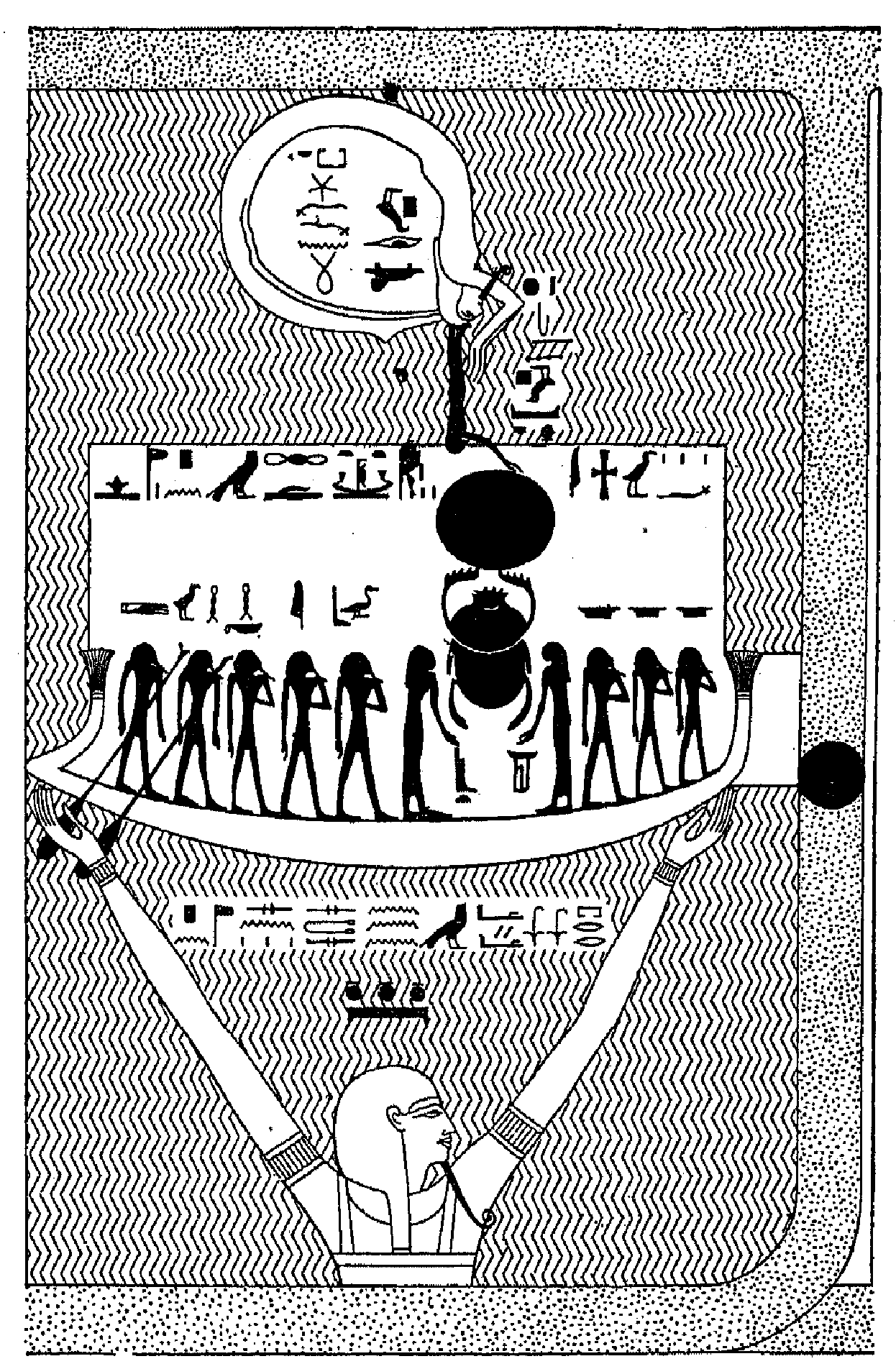|
Qenna
Qenna was the name of a merchant in Ancient Egypt.Wallis Budge, translator''The Book of the Dead'' English translation published 1901, Google Books edition Qenna's tomb contained the Papyrus of Qenna, a part of the ''Book of the Dead The ''Book of the Dead'' ( egy, 𓂋𓏤𓈒𓈒𓈒𓏌𓏤𓉐𓂋𓏏𓂻𓅓𓉔𓂋𓅱𓇳𓏤, ''rw n(y)w prt m hrw(w)'') is an ancient Egyptian funerary text generally written on papyrus and used from the beginning of the New Kingdom ...''. The papyrus is in the collection of the Royal Museum of Antiquities in Leiden, and is about 50 ft long. The papyrus includes spell 151, which refers to embalming.Jan Assmann, Death and salvation in ancient Egypt, Cornell University Press, 2005, p 432 n 5Google Books/ref> References Ancient Egyptians Ancient businesspeople {{Egyptian-myth-stub ... [...More Info...] [...Related Items...] OR: [Wikipedia] [Google] [Baidu] |
Book Of The Dead
The ''Book of the Dead'' ( egy, 𓂋𓏤𓈒𓈒𓈒𓏌𓏤𓉐𓂋𓏏𓂻𓅓𓉔𓂋𓅱𓇳𓏤, ''rw n(y)w prt m hrw(w)'') is an ancient Egyptian funerary text generally written on papyrus and used from the beginning of the New Kingdom (around 1550 BCE) to around 50 BCE. The original Egyptian name for the text, transliterated ''rw nw prt m hrw'', is translated as ''Book of Coming Forth by Day'' or ''Book of Emerging Forth into the Light''. "Book" is the closest term to describe the loose collection of texts consisting of a number of magic spells intended to assist a dead person's journey through the '' Duat'', or underworld, and into the afterlife and written by many priests over a period of about 1,000 years. Karl Richard Lepsius introduced for these texts the German name ''Todtenbuch'' (modern spelling ''Totenbuch''), translated to English as Book of the Dead. The ''Book of the Dead'', which was placed in the coffin or burial chamber of the deceased, was part of a tr ... [...More Info...] [...Related Items...] OR: [Wikipedia] [Google] [Baidu] |
Rijksmuseum Van Oudheden
The ( English: National Museum of Antiquities) is the national archaeological museum of the Netherlands, located in Leiden. It grew out of the collection of Leiden University and still closely co-operates with its Faculty of Archaeology. The museum calls itself "the national centre for archaeology" and focuses on ancient Egypt, the ancient Near East, the classical world of Greece, Etruria and Rome and the early (prehistoric, Roman and Medieval) Netherlands. Current collection The current collection of the museum is divided in the following categories: * Ancient Egypt * Ancient Near East * Etruscan civilization * Ancient Greece * Ancient Rome * Prehistoric Netherlands * Roman Netherlands * Medieval Netherlands In the central hall of the museum stands an original Egyptian temple, the Temple of Taffeh, which was taken apart in Egypt and reconstructed in the museum as part of the International Campaign to Save the Monuments of Nubia. History of the collection Reuvens ... [...More Info...] [...Related Items...] OR: [Wikipedia] [Google] [Baidu] |
Merchant
A merchant is a person who trades in commodities produced by other people, especially one who trades with foreign countries. Historically, a merchant is anyone who is involved in business or trade. Merchants have operated for as long as industry, commerce, and trade have existed. In 16th-century Europe, two different terms for merchants emerged: referred to local traders (such as bakers and grocers) and ( nl, koopman) referred to merchants who operated on a global stage, importing and exporting goods over vast distances and offering added-value services such as credit and finance. The status of the merchant has varied during different periods of history and among different societies. In modern times, the term ''merchant'' has occasionally been used to refer to a businessperson or someone undertaking activities (commercial or industrial) for the purpose of generating profit, cash flow, sales, and revenue using a combination of human, financial, intellectual and physical capit ... [...More Info...] [...Related Items...] OR: [Wikipedia] [Google] [Baidu] |
Wallis Budge
Sir Ernest Alfred Thompson Wallis Budge (27 July 185723 November 1934) was an English Egyptologist, Orientalist, and philologist who worked for the British Museum and published numerous works on the ancient Near East. He made numerous trips to Egypt and the Sudan on behalf of the British Museum to buy antiquities, and helped it build its collection of cuneiform tablets, manuscripts, and papyri. He published many books on Egyptology, helping to bring the findings to larger audiences. In 1920, he was knighted for his service to Egyptology and the British Museum. Earlier life E. A. Wallis Budge was born in 1857 in Bodmin, Cornwall, to Mary Ann Budge, a young woman whose father was a waiter in a Bodmin hotel. Budge's father has never been identified. Budge left Cornwall as a boy, and eventually came to live with his maternal aunt and grandmother in London. Budge became interested in languages before he was ten years old, but left school at the age of twelve in 1869 to work as a ... [...More Info...] [...Related Items...] OR: [Wikipedia] [Google] [Baidu] |



